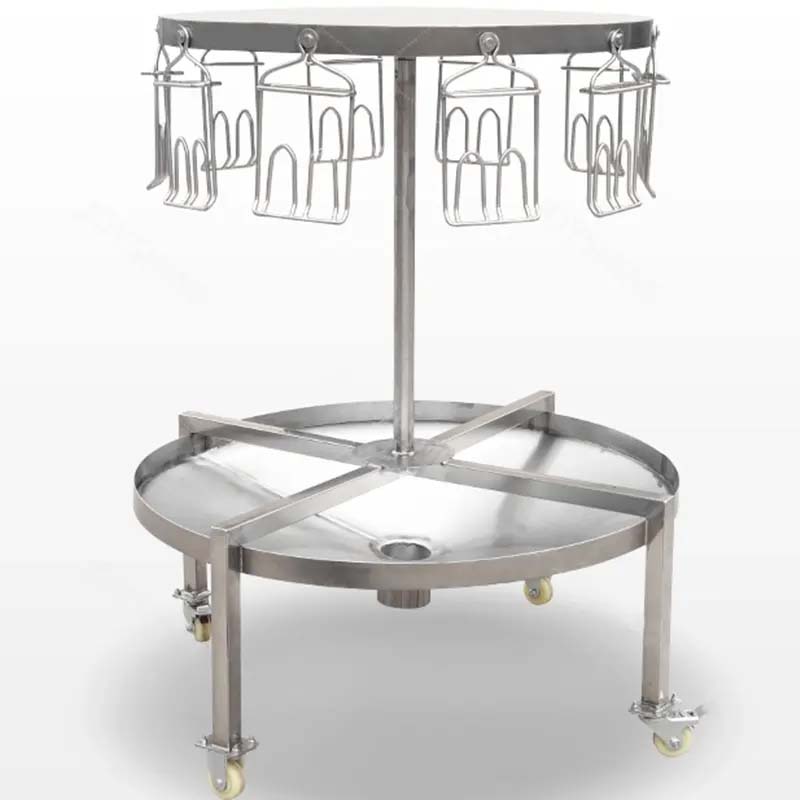Building a Durable Rabbit Cage with Chicken Wire for Safety and Comfort
Nov . 28, 2024 05:17 Back to list
Building a Durable Rabbit Cage with Chicken Wire for Safety and Comfort
Building a Chicken Wire Rabbit Cage A Practical Guide
If you're a rabbit enthusiast or a chicken keeper looking to provide a safe and comfortable environment for your pets, a chicken wire rabbit cage can be an excellent solution. This article will guide you through the process of building a durable and functional cage using chicken wire, ensuring your rabbits have a secure space to thrive.
Materials Needed
Before starting your project, gather the necessary materials
1. Chicken Wire Choose a gauge suitable for your needs. A heavier gauge will provide better protection against predators. 2. Wooden Pallets or Timber For the frame, use either repurposed wooden pallets or treated timber boards. 3. Hinges and Latches For secure doors that can easily be operated. 4. Wire Cutters To cut the chicken wire to size. 5. Staple Gun or Wire Ties For attaching the chicken wire to the frame. 6. Nails or Screws For assembling the wooden frame. 7. Protective Gloves To shield your hands while working with wire.
Step-by-Step Instructions
1. Design Your Cage
Before you start building, sketch a design of the cage. Consider the size based on how many rabbits you have and their space requirements. A good general rule is providing at least 10 square feet of space per rabbit.
2. Construct the Frame
Using your wooden pallets or timber, build a sturdy rectangular frame. Ensure the corners are secured with screws or nails to withstand wear and avoid collapse. Depending on your design, you might want to create a base to elevate the cage off the ground, which can help with drainage and deter pests.
3. Attach the Chicken Wire
chicken wire rabbit cage

Once the frame is complete, roll out the chicken wire and stretch it over the frame. Use a staple gun or wire ties to secure the wire tightly to each side of the frame. Make sure there are no gaps where rabbits could escape or predators could invade. For the top, you'll want to attach the chicken wire securely, providing an enclosed space for the rabbits.
To make it easy to clean the cage and access the rabbits, you need at least one door. Cut out a section of the chicken wire on one side and attach it to the frame with hinges. Add a latch to ensure it closes securely. This will allow you to access your rabbits without compromising their safety.
5. Add Additional Features
Inside the cage, consider adding features to enhance your rabbits’ environment. Include hiding spots, such as small boxes or tunnels made of wood. You can also place hay racks, food bowls, and water bottles to keep their living space tidy and hygienic.
6. Placement of the Cage
Choose a location for your rabbit cage that offers some shade and is protected from extreme weather conditions. If possible, place the cage in a sheltered area that provides some natural shelter while allowing your rabbits to enjoy fresh air and sunlight.
Maintenance Tips
Once your chicken wire rabbit cage is built, regular maintenance is essential to keep it clean and safe. Check for any holes or wear in the chicken wire, as rabbits are known to chew. Clean the cage weekly to reduce odor and prevent the build-up of waste.
Conclusion
Building a chicken wire rabbit cage can be a rewarding project that ensures your rabbits have a safe and enjoyable home. With the right materials and a bit of time, you can create a comfortable habitat that caters to all their needs. Happy building, and enjoy the delightful company of your furry friends!
-
Automatic Feeding Line System-Pan Feeder Nipple Drinker|Anping County Yize Metal Products Co., Ltd.
NewsJul.29,2025
-
Hot Sale 24 & 18 Door Rabbit Cages - Premium Breeding Solutions
NewsJul.25,2025
-
Automatic Feeding Line System Pan Feeder Nipple Drinker - Anping County Yize Metal Products Co., Ltd.
NewsJul.21,2025
-
Automatic Feeding Line System Pan Feeder Nipple Drinker - Anping County Yize Metal Products Co., Ltd.
NewsJul.21,2025
-
Automatic Feeding Line System - Anping Yize | Precision & Nipple
NewsJul.21,2025
-
Automatic Feeding Line System - Anping Yize | Precision & Nipple
NewsJul.21,2025






